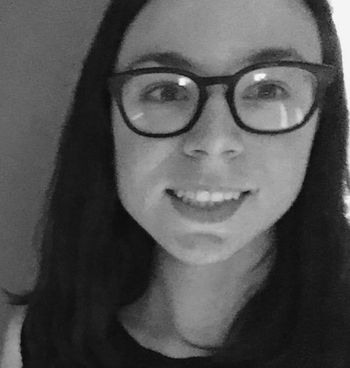Prof calls on art teachers to reject ‘geometry of whiteness’
An art education professor at the University of North Texas is urging his fellow educators to use social justice-themed art classes to fight “geometries of whiteness.”
Tyson E. Lewis, who teaches classes on critical pedagogy and aesthetic theory, contributed a chapter on “Art Education and Whiteness as Style” for a new guide aimed at other educators, The Palgrave Handbook of Race and Arts in Education.
“Art education needs to draw upon critical whiteness studies to further its social justice agenda while at the same time recognizing the resources that art education brings to questions of whiteness,” Lewis writes in the preface of his chapter.
[RELATED: Profs say classroom ‘civility’ promotes ‘white racial power’]
In response to concerns over the lack of minority educators in K-12, especially as schools are becoming more racially and ethnically diverse, Lewis argues that “the question of whiteness cannot be avoided if we are to continue to uphold the idea of educational equity and equality.”
To address this, Lewis urges educators to develop a deeper understanding of whiteness. Though previous scholars have conceptualized it as an “experience” or a “feeling,” Lewis suggests that whiteness is better understood if one considers its geometrical dimensions.
Lewis posits that there is a “corporeal geometry of whiteness,” and that what emerges from his analysis “is a description of the aesthetic dimensions of discrimination through the geometric deployment of lines (that maximally extend white bodies into space) and an angle of vision (that constitutes totalized and rigidified racial hierarchies).”
“Race is lived through an aesthetic geometry of lines and angles that connect and disconnect bodies on a pre-conscious level,” Lewis asserts, adding that “whiteness is a kind of one-dimensional way of being in the world.”
[RELATED: Prof: Algebra, geometry perpetuate white privilege]
Summarizing another critical race scholar, Lewis adds that “whiteness is a myopically destructive form of living that fundamentally denies the multiple dimensions of experience beyond, or in contradictions with, whiteness.”
However, he also suggests that not all whiteness is destructive.
“Can we interrupt the corporeal geometry of lines and angles that compose the style of whiteness?” he ponders, later suggesting—after exploring his experiences as a white male looking at a piece of art made by a Black woman—that “anti-oppressive art education” may help.
[RELATED: Prof urges math teachers to adopt ‘social justice pedagogies’]
This would involve breaking down barriers between art and politics, he says.
“Because whiteness and maleness are geometric styles, aesthetic questions are intrinsically political and political questions are inherently aesthetic,” Lewis declares.
“As such,” he continues, “the vocabularies and processes developed inside of art education for thinking through questions of style can and should be recouped as essential for developing an anti-discriminatory practice [among art educators] that can suspend whiteness and maleness on the pre-conceptual, pre-thematic level of sensorial stylistics.”
Lewis did not respond to multiple requests for comment from Campus Reform.
Follow the author of this article on Twitter: @Toni_Airaksinen

